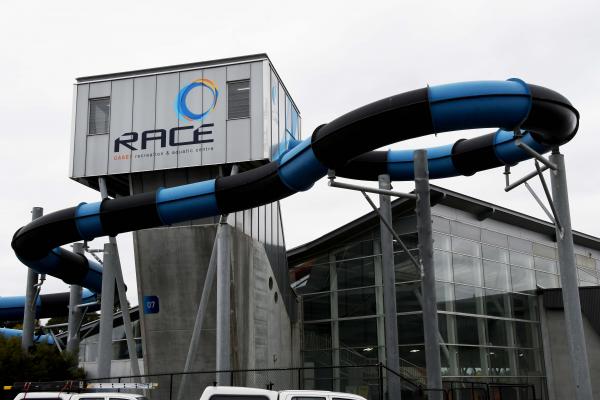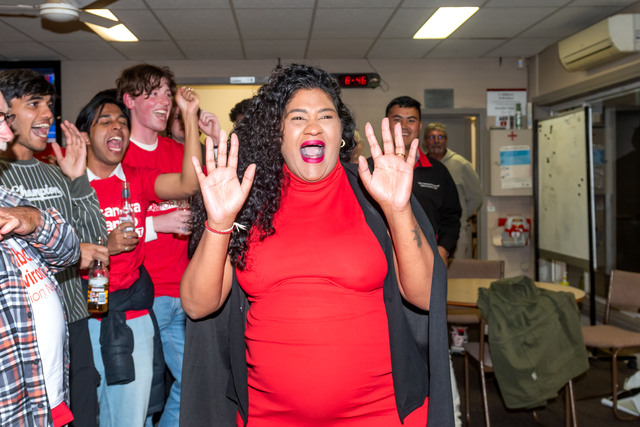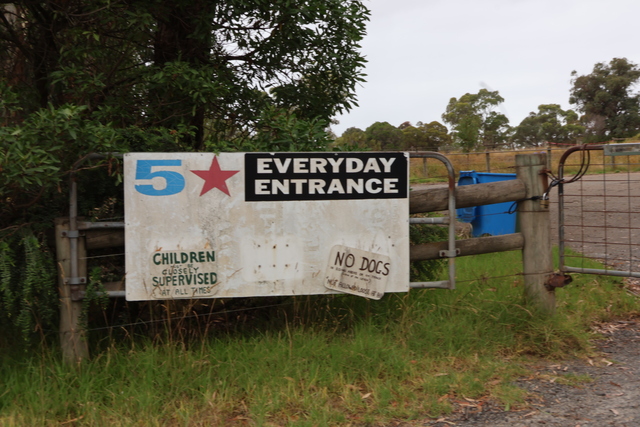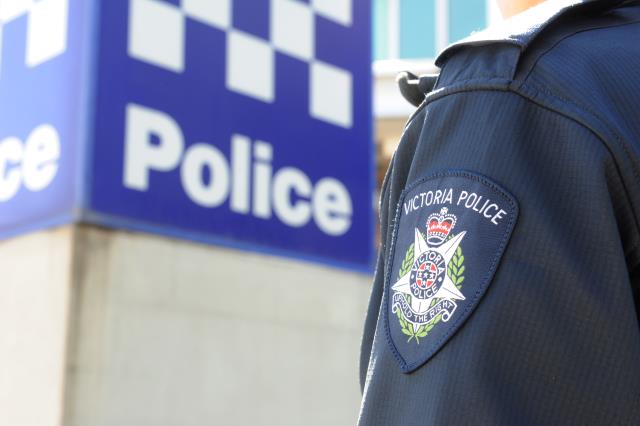Without immediate government investment, population growth will outstrip demand for vital community facilities in Casey over the coming years, a new report by the state’s independent infrastructure advisory body shows.
Infrastructure Victoria’s latest research, Social infrastructure in Melbourne’s growth areas, finds that the City of Casey currently has around one library per 76,000 residents, compared to the state average of one per 41,000.
Libraries are increasingly delivering a broad range of services and are now often designed as the core of multi-purpose community hubs.
The situation is starker for the provision of aquatic and recreation centres, with around one aquatic recreation centre for every 126,000 residents, compared to the state average of one centre for every 65,000 persons.
“Rapid urban expansion means social infrastructure has failed to keep pace with population increases in the new growth areas of Casey, Melton, Cardinia, Hume, Mitchell, Whittlesea and Wyndham,” Infrastructure Victoria chief executive Michel Masson said.
“It’s not enough to just plan and build housing in greenfield suburbs, all levels of government need to better integrate social infrastructure so that everyone has access to similar services, regardless of postcode.”
The advisory body’s research shows that more people, in particular young families, will continue to move to Melbourne’s growth areas.
Already, over one-third of Melbourne’s children aged four years and under live in these local government areas.
Victoria’s population is projected to surge by 20 per cent in the next 15 years, with Melbourne’s seven growth areas anticipated to make up a large share of this increase.
Trailing investment in vital social infrastructure risks further widening the disadvantage gap between many newer and established suburbs.
By 2036, the City of Casey is expected to support one library for 29,000 people aged 19 years and under, compared to the cities of Yarra and Port Phillip with rates as low as one library per 4,000.
Infrastructure Victoria released the state’s 30-year infrastructure strategy in August this year which recommended the Victorian Government increase funding to support local governments to plan and deliver libraries and aquatic centres in the state’s seven growth areas over the next five years.
According to the authority’s new report, Casey, Melton, Whittlesea and Wyndham will need both a new aquatic and recreation centre and a new library in the next five years.
While social infrastructure can be expensive to build in new suburbs, Mr Masson said the benefits provided to communities and businesses far outweigh the costs.
“Both libraries and aquatic centres provide essential services to the community and in many cases act as a community hub, improving physical and mental health and supporting productive and engaged communities,” he said.
Mr Masson added that visitors also spend money at nearby local businesses, supporting local economies and jobs.
“Co-locating facilities with other services such as primary health care, allied health or aged care services can provide additional community benefits.
“An opportunity exists for governments to work in partnership to ensure the timely delivery of co-located or integrated facilities that meet rapidly growing community needs and support Victoria’s recovery from the Covid-19 pandemic.”







